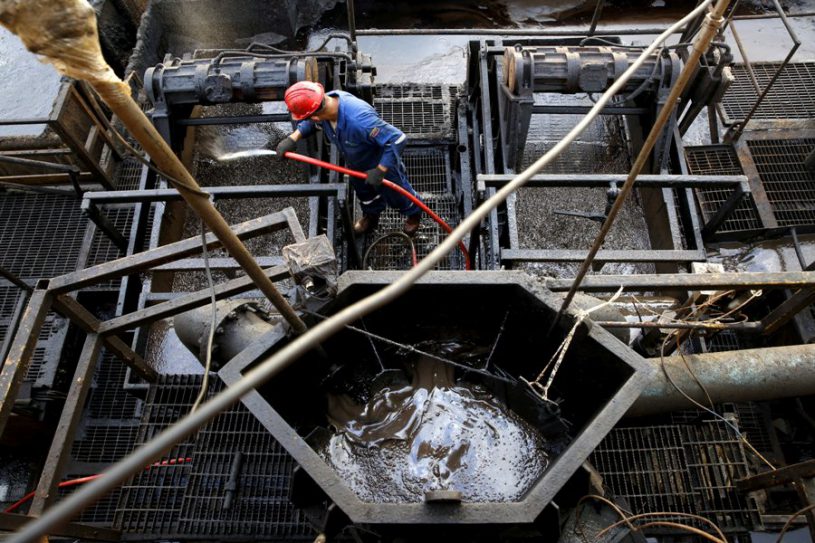Increase in oil storage supports OPEC+ decision
The increase in global oil inventories during April, due to weak fuel demand, could strengthen the rationale for OPEC+ producers to maintain supply cuts at their meeting on June 2

The increase in global oil inventories during April, due to weak fuel demand, could strengthen the rationale for OPEC+ producers to maintain supply cuts at their meeting on June 2, according to OPEC+ delegates and analysts.
OPEC+, the Organization of the Petroleum Exporting Countries (OPEC) and its allies, led by Russia, will meet on Sunday to discuss supply policy and whether to extend voluntary cuts.
OPEC+ sources said this month that producers might maintain production cuts.
The amount of oil stored by major consuming countries varies based on supply and demand and is an indicator of market fundamentals, along with other indicators such as the strength of physical crude markets.
Oil reserves of the wealthy countries of the Organization for Economic Cooperation and Development (OECD) stood at 2.79 billion barrels in March, up by 20 million barrels for the month and 34 million barrels for the year, despite OPEC+ cuts, according to preliminary data from OPEC in its May oil market report.
"This is concerning," said an OPEC+ delegate who requested anonymity.
The International Energy Agency (IEA) reported in its own May report that global total inventories increased by 34.6 million barrels in March from February, citing a sharp rise in crude on tankers in transit.
Many tankers are making longer voyages to avoid the Red Sea, where Yemen's Houthi group has launched a series of attacks on shipping.
The IEA said there are signs that inventories rose again in April as crude and fuel were offloaded from tankers, while exports from Russia and the Americas decreased.
"The physical market is well supplied, while demand is slowing," said a second OPEC+ delegate.
Non-OECD country inventories increased in March for the first time since November, according to the IEA. However, in contrast to OPEC, it reported that OECD inventories were at their lowest levels in the past 20 years.
Both organizations develop their own estimates but often revise figures as more data becomes available, making them more aligned.
Crude inventories outside the OECD rose by 2 million barrels in March and another 48.5 million barrels in April, according to the IEA, citing data from the energy analytics consultancy Kayrros. The IEA said most of the increase occurred in China.